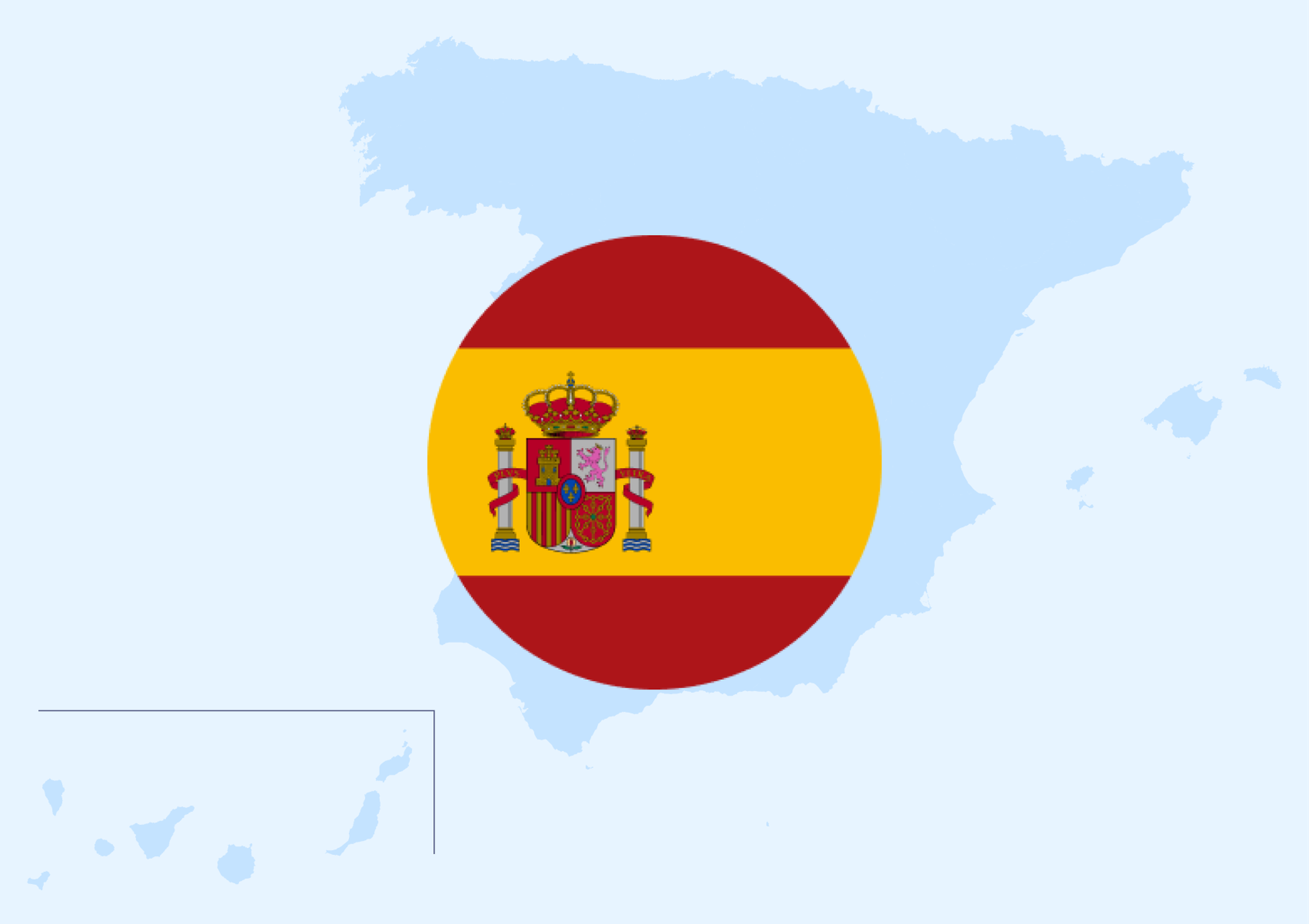Organizations today are navigating an increasingly complex talent ecosystem. The rise of independent work, the diversification of consulting models, and the growing demand for specialized expertise are transforming how companies access and manage skills.
This evolution creates a structural tension. Businesses need agility, responsiveness, and diversity in their talent sources. Yet they must also maintain control, ensure compliance, and prevent fragmented spending. How can these two imperatives be balanced?
This is precisely the promise of Total Talent Management (TTM). This approach aims to unify, within a single strategy, the management of all of a company's talent, whether internal or external. More than just an HR model, TTM is a skills management philosophy: it places the added value of talent at the heart of the strategy, regardless of the form of employment.
Understanding Total Talent Management
Total Talent Management is based on a simple but fundamental idea: considering all of an organization's talent, including employees, temporary workers, freelancers, consultants, consulting firms, etc., as part of the same human capital. It is no longer a question of pitting HR and Procurement against each other, but rather of connecting them within a global management framework.
Historically, Human Resources has managed the careers, mobility, and development of internal employees, while Procurement departments have managed external service providers, focusing on contracting, competitive bidding, and compliance. These two worlds have long coexisted without really interacting. The result: redundancies, long processes, and, above all, a partial view of the company's skill capital.
Total Talent Management bridges this gap. It proposes rethinking talent management as a whole, from initial demand to performance measurement, with common indicators and a consolidated vision. In an environment where projects follow one another at a rapid pace, this integration becomes not only useful, but essential.
Why TTM is essential today
The success of TTM can be explained by a combination of economic, technological, and organizational factors.
First, the scarcity of skills has become a major issue. According to several studies, nearly eight out of ten companies report that they cannot find the profiles they need.
The emergence of freelance work, the rise of micro-enterprises, and the fragmentation of the consulting market are exacerbating this phenomenon. To remain competitive, companies must learn to navigate a much larger and more fluid skills ecosystem.
Second, the quest for agility is becoming a condition for survival. Project cycles are getting shorter, digital transformation is accelerating, and business expectations are changing. Companies must be able to mobilize the right expertise in a matter of days, without relying on a cumbersome recruitment process.
Finally, budgetary pressure is pushing Procurement departments to streamline their supplier panels while maintaining access to expertise. .
Today, procurement departments expect platforms to help them streamline costs while allowing them to control market access.
This sentence, taken from the morning event organized by Décisions Achats, illustrates the new equation: balancing control and openness, rigor and flexibility.
The limitations of traditional models
Traditional talent management models are often based on fixed panels of suppliers and rigid segmentation of roles between HR, Procurement, and Operations. This siloed approach is now showing its limitations.
Overly closed panels create rigidity and frustration. Operational staff do not always have access to the providers best suited to their needs. Suppliers, for their part, are under increasing pressure to cover all areas of expertise, at the risk of resorting to cascading subcontracting. Conversely, overly open panels lead to cost inflation, loss of control, and administrative overload.
The right balance lies between these two extremes: maintaining a core of strategic, stable, and controlled partners, while opening up to ad hoc expertise via intelligent platforms.
The benefits of TTM for Procurement Departments and Operations
For procurement departments, TTM is a major driver of transformation. It enables them to shift from a cost control mindset to a value creation mindset. By adopting a unified approach, they gain visibility, reduce outsourcing costs, and improve the quality of service providers. Data becomes a decision-making tool, rather than a simple retrospective indicator.
For operational staff, TTM is a game changer. They can access the skills they need more quickly, while working with partners who better understand their challenges. Sourcing becomes faster, processes more fluid, and collaboration more effective. Projects move forward more quickly, with better execution quality and greater team satisfaction.
The key role of platforms in the success of TTM
Platforms play a central role in this transformation. They no longer simply connect companies and service providers. They are becoming true strategic partners, capable of combining technology, expertise, and support.
This is precisely the position of LittleBig Connection, which offers a hybrid model combining two complementary services: a marketplace dedicated to sourcing external talent, and a commercial portage solution. Together, they enable companies to reconcile economic performance and operational agility.
This model perfectly illustrates the role of platforms in TTM: they do not replace existing partners, they intelligently complement them.
Towards a new standard in talent management
Total Talent Management is now establishing itself as a new standard for organizations seeking to balance performance, agility, and control. By unifying processes and leveraging data, it is transforming the way companies plan, mobilize, and develop their talent.
This model is not just a technological innovation. It is a cultural transformation, where HR and Procurement learn to speak the same language and pursue a common goal: to make human capital, in all its forms, a lever for competitiveness.
With partners such as LittleBig Connection, large companies now have a clear, agile, and secure framework to realize this vision. Because in a world where skills scarcity is redefining the rules of the game, an organization's performance no longer depends solely on who it employs, but on who it can mobilize.
Would you like to assess your organization's maturity and measure the extent to which Total Talent Management can be deployed in your company?
Our experts will help you define your priorities and build a strategy tailored to your challenges.


